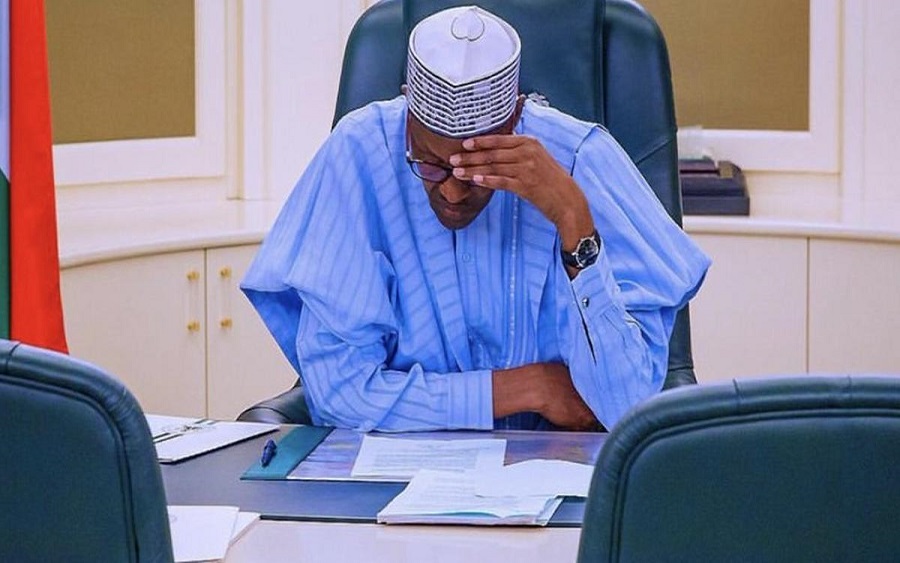The International Monetary Fund has rated Nigeria’s economic growth lower than other oil-dependent countries across the globe.
IMF disclosed this in a policy paper on macroeconomic development and prospects in Low-Income Developing Countries (LIDCs), adding that this has been a concern since oil prices fell in 2014.
The LIDCs are a group of 59 IMF member-countries primarily defined by income per capita level below a certain threshold (set at $2,700 in 2016).
“The LIDCs are expected to record average annual growth of some 5% in 2018-2019, a reasonably robust performance against the backdrop of loss of momentum in the global economy,” IMF said.
Meanwhile, IMF has attributed poor growth in the oil-dependent economies to fragile situations in the economies. The global body expects a more positive outlook for the LIDCs in 2020, with the countries expected to grow marginally.
“Looking ahead, growth is expected to pick up marginally in 2020 and beyond, although risks to the global economy threaten this outlook,” the IMF said and reported by Punch.
[READ MORE: Nigerian LDR policy weakens banks’ balance sheets, IMF says]
Recall as earlier published on Nairametrics, the Central Bank of Nigeria expects Nigeria’s economy to grow to 2.38% in Q4 2019.
Meanwhile, the National Bureau of Statistics had disclosed that the Nigerian economy had grown by 2.28% in real terms in the third quarter of 2019, compared to 2.12% in Q2 and 2.10% in Q1. The marginal growth in the country’s economy can be attributed to improved oil revenues.
Another concern of IMF is the upward movement of the public debt profile of the LDICs. Though public debt considerably slowed in 2018 and 2019, it retains an upward trend.
The global lender added that public debt vulnerability remained a serious issue as more than two-fifths of countries assessed are reportedly at high risk of, or already in, debt crisis.
“Debt levels in several countries (notably fuel exporters) fell sharply on fiscal tightening and recoveries of GDP and/or real exchange rates (which boosted dollar-equivalent denominators). An important exception is Nigeria, where the debt to GDP ratio continued to increase.
“Among fuel exporters, current account deficits narrowed over the period, helped by the recovery in export revenues — except in Nigeria, where recovery in import levels dominated a transitory increase in export revenues in 2018 on the back of higher oil prices.
“Nigeria is an outlier in this context, with the fiscal position, though improving, still significantly weaker than in 2010-2014 (the era of high oil prices),” the IMF said.
[READ ALSO: Nigeria’s debt still below average, IMF warns]
Meanwhile, the Nigerian government has maintained that the country is not heading for debt crisis, let alone being in a debt crisis, though the country’s debt stock is over N25 trillion and Debt to GDP stands at 28%
